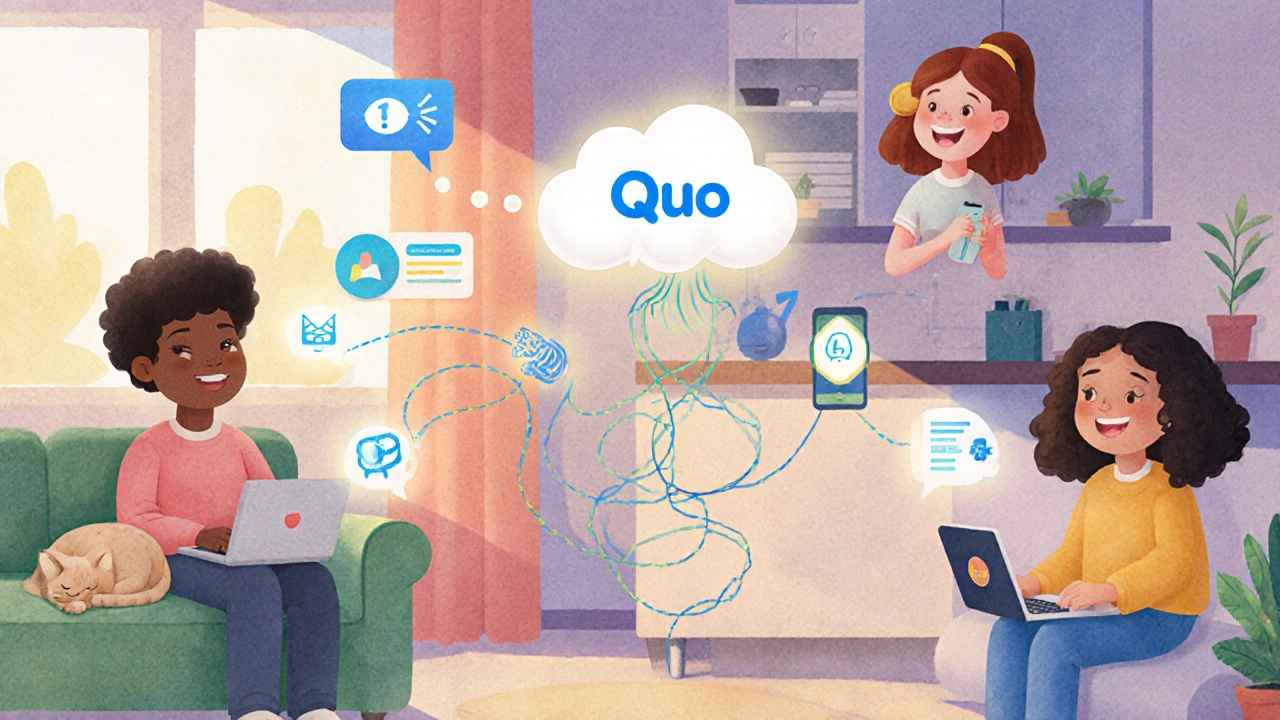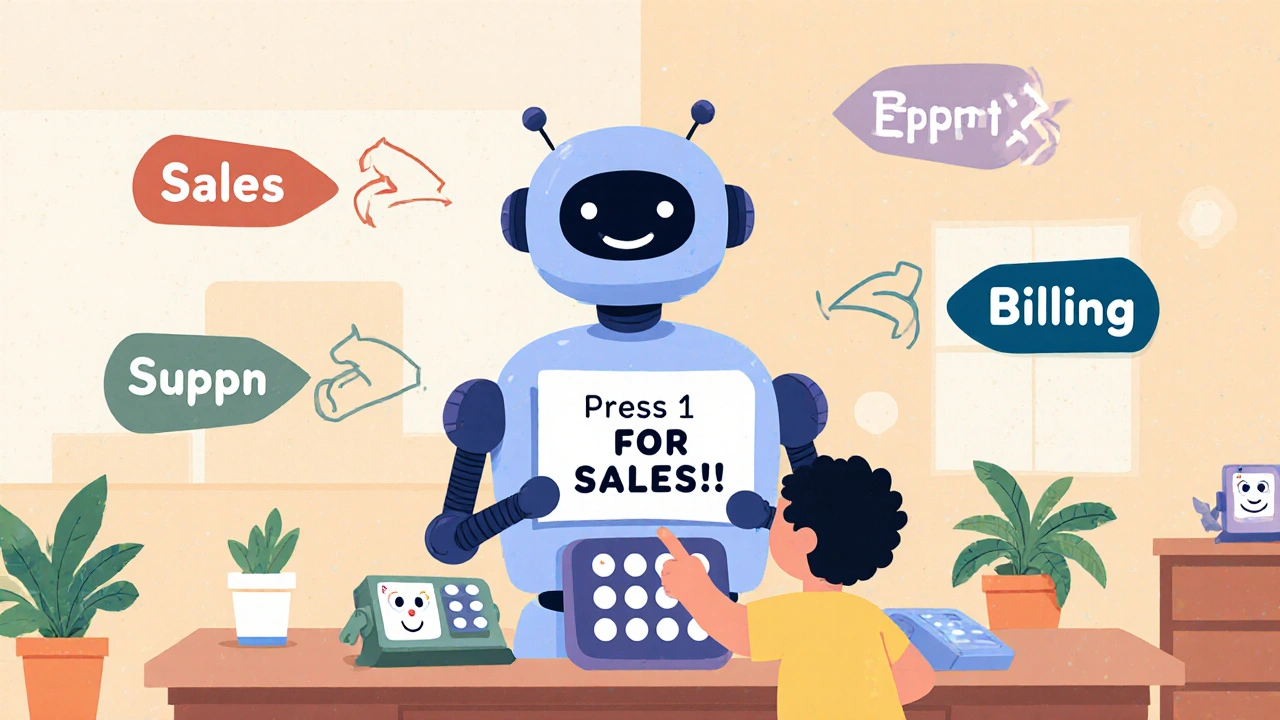Business Phone System: What Actually Works in 2025
When you think of a business phone system, a communication infrastructure that lets teams make, receive, and manage calls using internet technology instead of traditional phone lines. Also known as VoIP phone system, it's no longer a luxury—it's the baseline for any company that wants to stay competitive, cut costs, and keep employees connected no matter where they are. Forget the old PBX boxes in the closet. Today’s systems run in the cloud, connect to your laptop or smartphone, and can handle everything from auto-attendants to call recording—all without a single copper wire.
A good business phone system, a communication infrastructure that lets teams make, receive, and manage calls using internet technology instead of traditional phone lines. Also known as VoIP phone system, it's no longer a luxury—it's the baseline for any company that wants to stay competitive, cut costs, and keep employees connected no matter where they are. isn’t just about making calls. It’s about cloud VoIP, a phone system hosted online by a third-party provider, eliminating the need for on-site hardware and reducing maintenance overhead slashing your monthly bill by up to 75% compared to old-school landlines. It’s about VoIP security, the set of practices and technologies that protect voice communications from eavesdropping, toll fraud, and unauthorized access stopping hackers from draining your account with fake international calls. And it’s about virtual receptionist, an automated system that answers calls, routes them to the right person, and even takes messages—24/7, without hiring an extra person making sure no customer gets dropped because your team is in a meeting or working from home.
You don’t need a big IT team to run this. Most systems today let you set up a business phone system in under an hour. Want to add a new employee? Just plug in their headset. Moving offices? Take your number with you. Got a remote sales team? They can use the same system from their kitchen table or a café in Tokyo. The hidden fees? They’re still out there—like charges for call recording or international dialing—but knowing what to ask for cuts those surprises in half.
What you’ll find below isn’t theory. These are real setups used by small businesses, schools, churches, and remote teams. You’ll see how to stop SIP brute-force attacks before they cost you thousands. How to pick between DECT and Bluetooth headsets so your team doesn’t lose calls mid-conversation. How to set up an auto-attendant that actually sounds human—not robotic. And how to track call volume so you’re never short-staffed during tax season or holiday rushes. This isn’t about tech jargon. It’s about making your phone system work for you, not the other way around.

